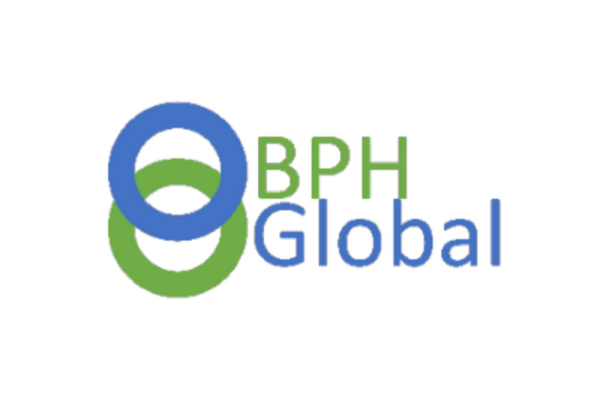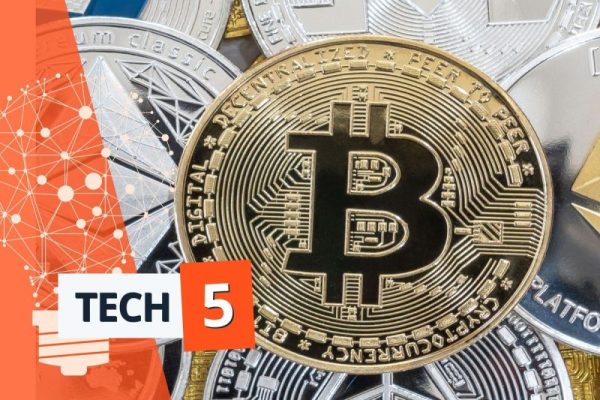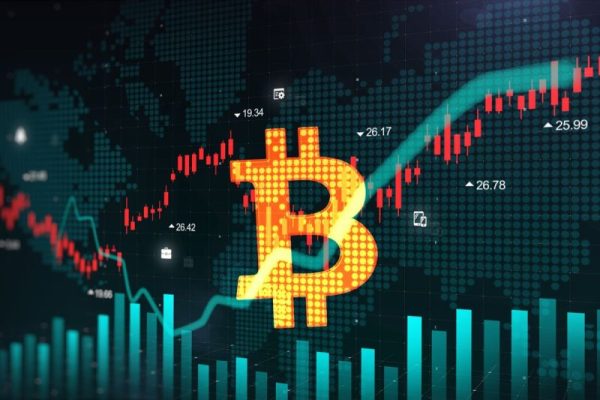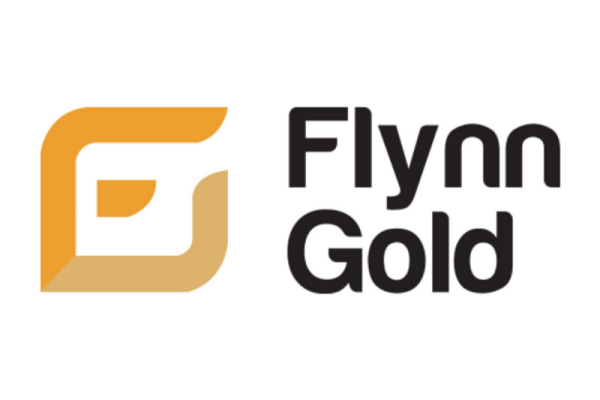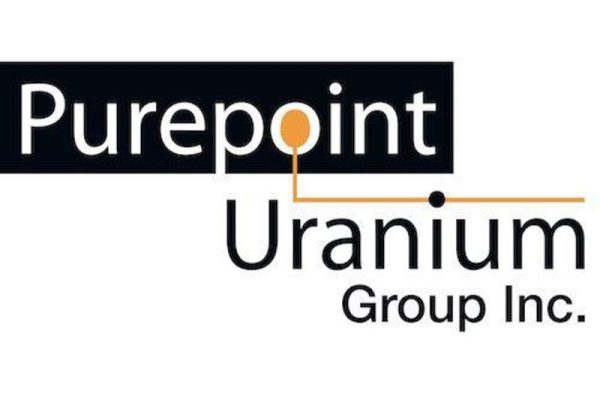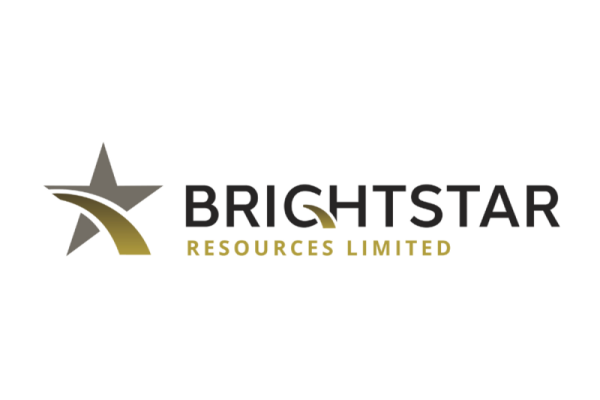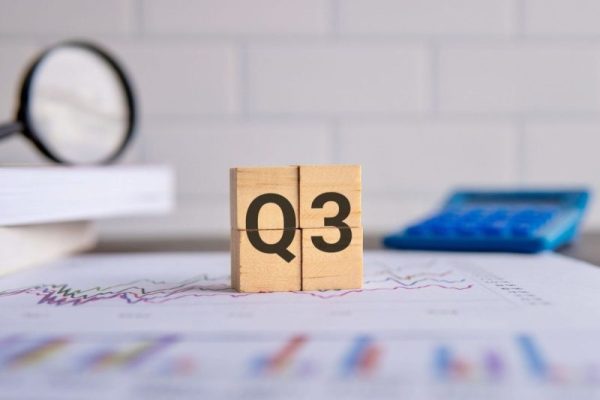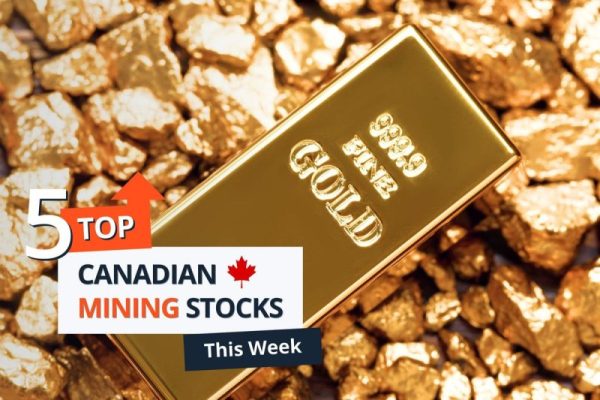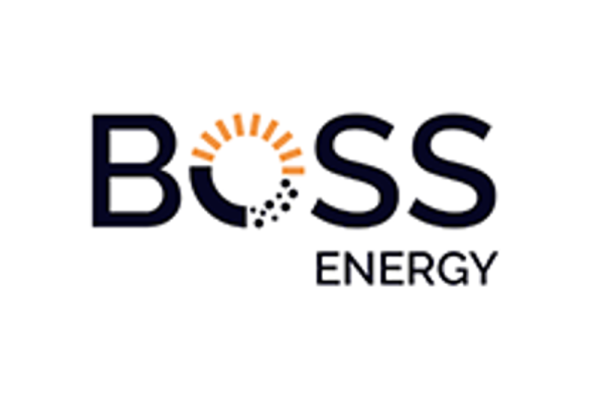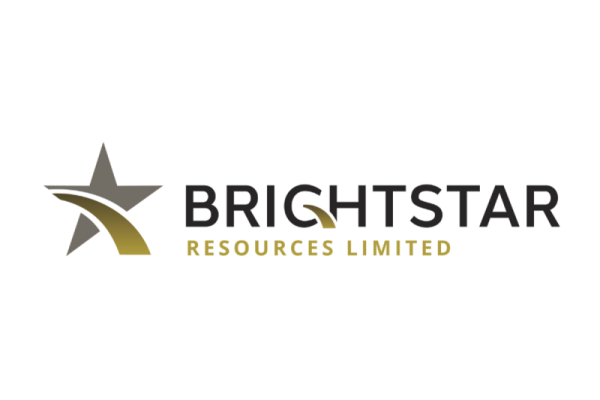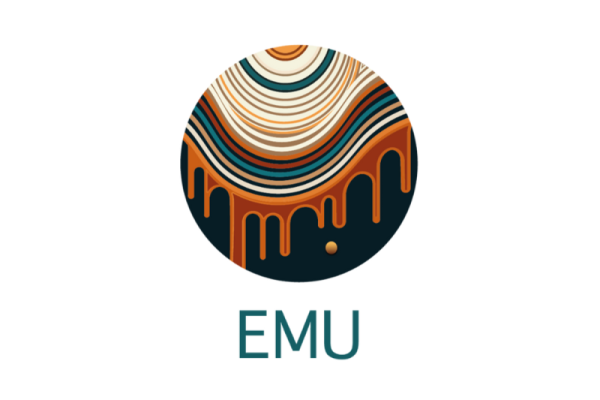

WGC: Gold Demand Hits Q3 Record as Western ETF Investors Return
The World Gold Council (WGC) has released its latest Gold Demand Trends report, saying that total demand for the yellow metal was up 5 percent year-on-year in Q3, reaching a new third quarter record.
The overall value of demand was up 35 percent year-on-year, surpassing US$100 billion for the first time.
Global gold exchange-traded fund (ETF) inflows helped drive demand, along with over-the-counter (OTC) buying.
Aside from that, the WGC points to heightened interest in the yellow metal as a strategic asset as investors seek safety on the back of ongoing economic and geopolitical uncertainties around the world.
Gold supply also saw growth in Q3, increasing 5 percent year-on-year to a record 1,313 metric tons (MT). Mine production rose 6 percent year-on-year to hit a new quarterly record, partially due to lower energy costs and favorable profit margins. However, recycled gold supply has been slow to respond to higher prices.
ETF inflows, OTC investment drive strong Q3 demand
As mentioned, gold ETF inflows were strong in Q3, coming in at 95 MT. That’s in contrast to the outflows seen for the last nine quarters. During the same period last year, gold ETFs experienced outflows of 139 MT.
According to the WGC, this return to positive inflows was largely driven by western-listed ETFs, and reflects renewed investor interest in gold as a means to diversify portfolios and hedge against risk.
Meanwhile, OTC investment nearly doubled from last year, reaching 137 MT for the quarter. Q3 was the seventh consecutive quarter of positive OTC flows, with contributions primarily from high-net-worth individuals and institutions.
Bar and coin demand sinks, jewelry buying mixed
In contrast, gold bar and coin demand experienced a 9 percent decline year-on-year, ending the quarter at 269 MT. The WGC’s report notes that the decrease was primarily driven by reductions in China, Turkey and Europe.
While the decline signals a partial shift from physical to paper assets, bar and coin investment remains solid, with year-to-date demand reaching 859 MT, above the 10 year average of 774 MT.
Q3 brought mixed results in the jewelry segment, with a 12 percent year-on-year decline in consumption to 459 MT. Gold’s high price was a major factor affecting demand, though spending remained steady.
While India saw a revival in gold jewelry demand, supported by a reduction in the country’s gold import duties, jewelry buying in China dropped, coming in at the lowest Q3 level since 2010.
However, despite the drop in volume, the value of Q3 gold jewelry demand surged 13 percent year-on-year to reach US$36 billion, responding to ongoing new highs in the gold price.
Central bank buying strong, cautious outlook for tech demand
Central bank buying has provided strong support for the gold price in recent years, and while the WGC notes that demand slowed during Q3, it emphasizes that 2024 purchases are in line with levels seen in 2022.
During the third quarter, central banks accumulated 186 MT of gold, with the year-to-date number reaching 694 MT.
‘Based on statements from some central banks, there are now clearer indications that the sharp increase in the gold price since March has indeed inhibited some buying, as well as encouraging some selling among banks that manage their gold reserves tactically,’ the organization explains in its report.
The technology sector also contributed to gold demand, albeit on a smaller scale. Driven by increased interest in artificial intelligence, technology-related gold demand grew by 7 percent year-on-year to 83 MT in Q3.
The WGC notes that the third quarter generally brings the strongest tech-related gold demand, but said it has a cautious forecast due to industry shifts, material cost considerations and potential resource alternatives.
Gold reaches record average price in Q3
Looking over to the gold price, the WGC says it averaged a record US$2,474 per ounce in Q3, up 28 percent year-on-year. It attributes the large gain to factors such as geopolitical risk, which has been spurred on by increased global tensions, as well as the polarized political environment in the US ahead of the presidential election.
This backdrop has enhanced the appeal of gold as a safe-haven asset, encouraging sustained and diverse demand across global markets. The final quarter of 2024 is expected to be influenced by numerous factors, including interest rate policy, potential market volatility from the American election and further global developments.
Securities Disclosure: I, Giann Liguid, hold no direct investment interest in any company mentioned in this article.











